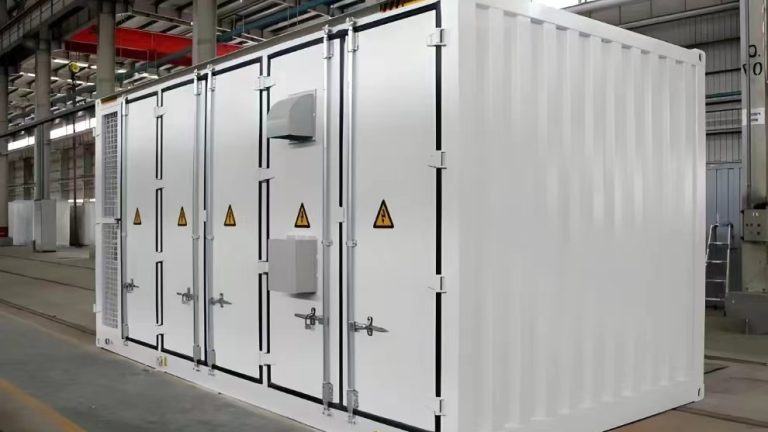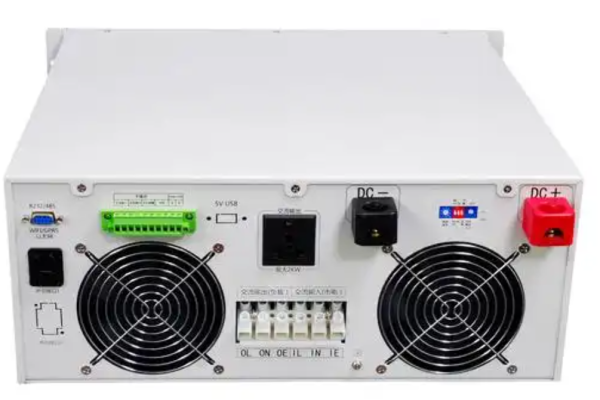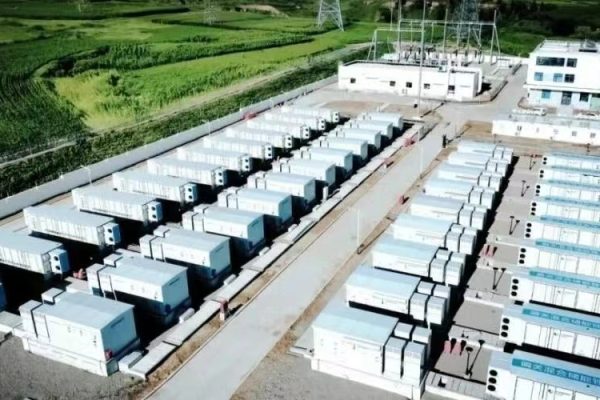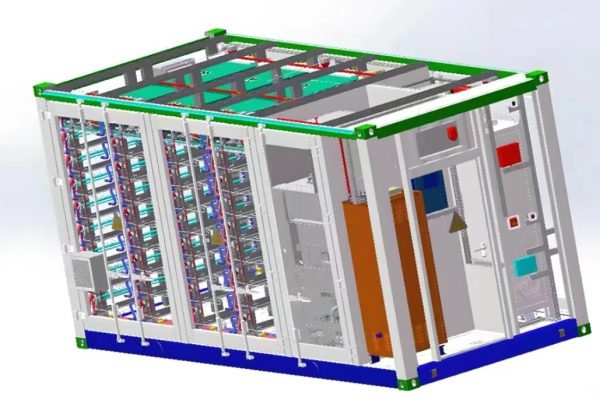Introduction: From Product Ownership to Service Access
Traditionally, energy storage systems (ESS) have been treated like fixed assets: you design, buy, and own them. But now, a new model is emerging — BESS-as-a-Service (BESSaaS) — where instead of purchasing a storage system outright, businesses pay for its usage over time.
For small business owners, especially those who face upfront budget constraints or fluctuating energy costs, this model may offer a practical alternative. But is it the right fit? What are the trade-offs?
Let’s explore what BESS-as-a-Service really means, how it works, and whether it’s viable for small-scale commercial users like shops, workshops, warehouses, and rural SMEs.
1. What Is BESS-as-a-Service?
BESS-as-a-Service refers to a model where the customer uses a battery energy storage system without owning it. Instead, they:
- Sign a subscription, lease, or performance-based contract.
- Pay based on time, energy usage, or cost savings.
- Let the provider handle installation, operation, and maintenance.
This is similar to how businesses subscribe to cloud software (SaaS) or solar PPAs — they access the function, not the hardware.
2. What the Customer Gets
Under a typical BESSaaS model, the small business benefits from:
- A tailored ESS installation, usually sized for peak shaving, backup, or load shifting.
- Zero or minimal upfront cost.
- A clear monthly payment model or savings-sharing scheme.
- Ongoing monitoring, maintenance, and warranty support.
In some cases, the contract may also include PV panels, making it a full energy-as-a-service bundle.
3. Why It’s Attractive to Small Businesses
A. Budget Flexibility
No need to tie up capital in storage assets. Businesses can reallocate funds to operations or expansion.
B. Risk Reduction
Battery performance and lifespan risks are borne by the service provider. No worries about cycle life degradation.
C. Technical Support
Most small businesses lack technical staff. With BESSaaS, the system is remotely monitored and maintained.
D. ROI from Day One
Systems are often configured to start saving on peak electricity charges from the first month.
4. Common Business Models
| Model Type | Description |
|---|---|
| Fixed Monthly Fee | Pay a set amount for use of the system and its benefits. |
| Performance Contract | Share in the actual savings (e.g., 30% of peak demand reduction). |
| Energy-as-a-Service (EaaS) | Bundle of solar + battery, fully managed. |
| Lease-to-Own | Pay monthly, with option to buy after X years. |
5. Where It Works Well
A. Small Manufacturing Workshops
Where machines run during specific peak hours, driving up demand charges.
B. Retail Chains with Predictable Load
Small supermarkets, cold storage units, or cafes — consistent patterns make returns easier to predict.
C. Rural Resorts & Guesthouses
Energy reliability is critical, but large capital outlay is difficult.
D. Agricultural Operations
Especially for irrigation or processing plants with solar + battery potential.
6. Key Considerations for Viability
While BESSaaS sounds promising, small business owners should consider:
1. Energy Tariff Structure
The higher the gap between peak and off-peak rates, the more value storage brings.
2. Demand Charges
If your utility imposes high demand charges (per kW), storage can help — and so can BESSaaS.
3. Load Profile
Flat loads yield less benefit. Sharp peaks or time-of-use alignment are better suited.
4. Contract Flexibility
Ask:
- Can I terminate early?
- What happens if my load increases?
- Who handles hardware issues?
5. Ownership Expectations
Some users want asset ownership; others prefer OPEX models. This is a mindset shift.
7. For Installers and System Integrators
If you’re offering solutions to SMEs:
- Consider partnering with a financing platform to enable BESSaaS offers.
- Bundle your products as a package: inverter, battery, EMS, cabinet, and remote monitoring.
- Provide clear value forecasts — how much the client may save per month.
Small projects often fail because clients fear technical or financial complexity. With BESSaaS, you’re not just selling hardware — you’re selling certainty and simplicity.
8. Potential Risks and Mitigation
| Risk | Mitigation Strategy |
|---|---|
| Poor site sizing | Use historical energy data + flexibility in design. |
| Underperformance | Include performance guarantees in SLA. |
| Payment delinquency | Offer prepaid options or install load control relays. |
| Technology obsolescence | Choose modular, upgradable systems. |
9. Typical System Sizes
| Business Type | Suggested BESS Size | Use Case |
|---|---|---|
| Small Café | 5kWh + 3kW Inverter | Lights, POS, fridge backup |
| Workshop | 10kWh + 5kW | Peak load shaving |
| Mini-market | 20kWh + 10kW | Daytime shift + night cooling |
| Guesthouse | 30–50kWh + hybrid | Partial off-grid or backup |
10. Is BESSaaS Viable?
Yes — if structured correctly and matched to the right type of customer.
It is viable when:
- Your client lacks CAPEX budget.
- The electricity tariff includes TOU or demand charges.
- Load profiles are predictable and measurable.
- You can provide clear operational guarantees.
It is not ideal when:
- Grid prices are flat and low.
- Runtime requirements are unpredictable.
- The customer insists on owning all assets.
Conclusion: Service-Based Energy Is the Next Step
For small business owners who want the benefits of battery storage without the headaches of ownership, BESS-as-a-Service is a powerful option. It brings modern energy solutions within reach — not by cutting specs, but by shifting how we pay for value.
As a trade partner or integrator, enabling this model can help you reach more customers, reduce project friction, and offer smarter, long-term solutions — not just products.









